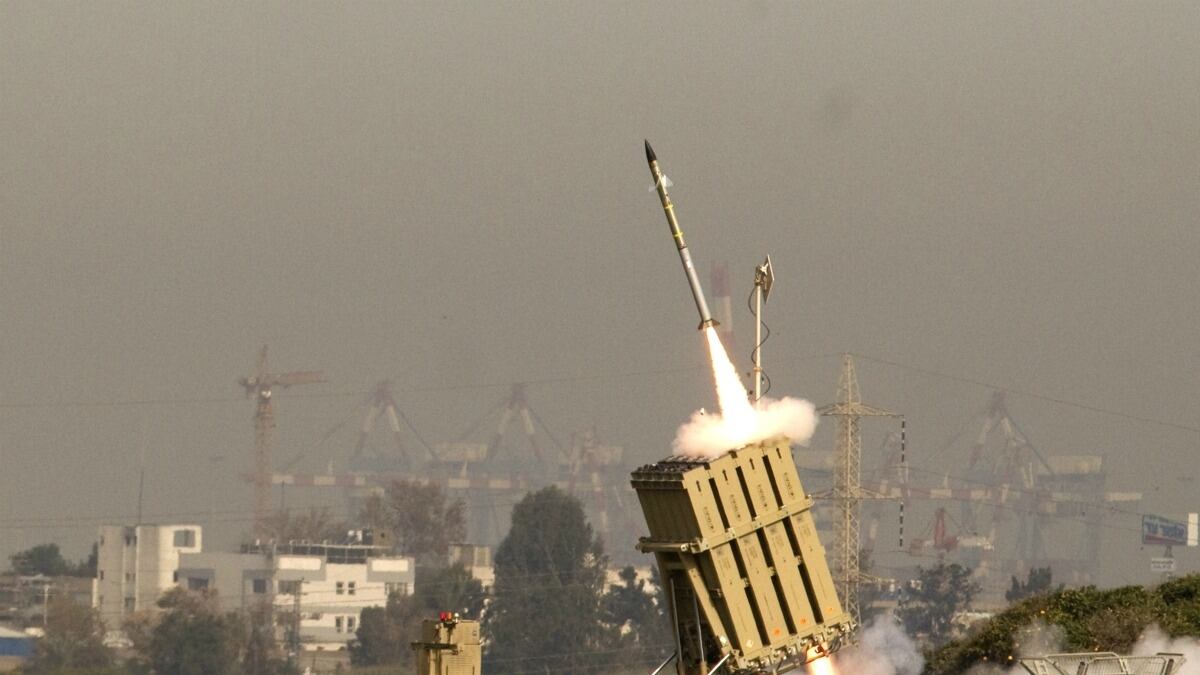Archive
JACK GUEZ / AFP / Getty Images
Why Iron Dome Can't Be Scaled-Up
After Gaza
Kingston Reif on why Iron Dome-like missile defense systems won't protect Israel against Hezbollah or Iran.

Trending Now
Crime & JusticeUnshaven Luigi Mangione Shows Signs of Stress in Court
Crime & JusticeLuigi Mangione Judge Married to Former Healthcare Exec





